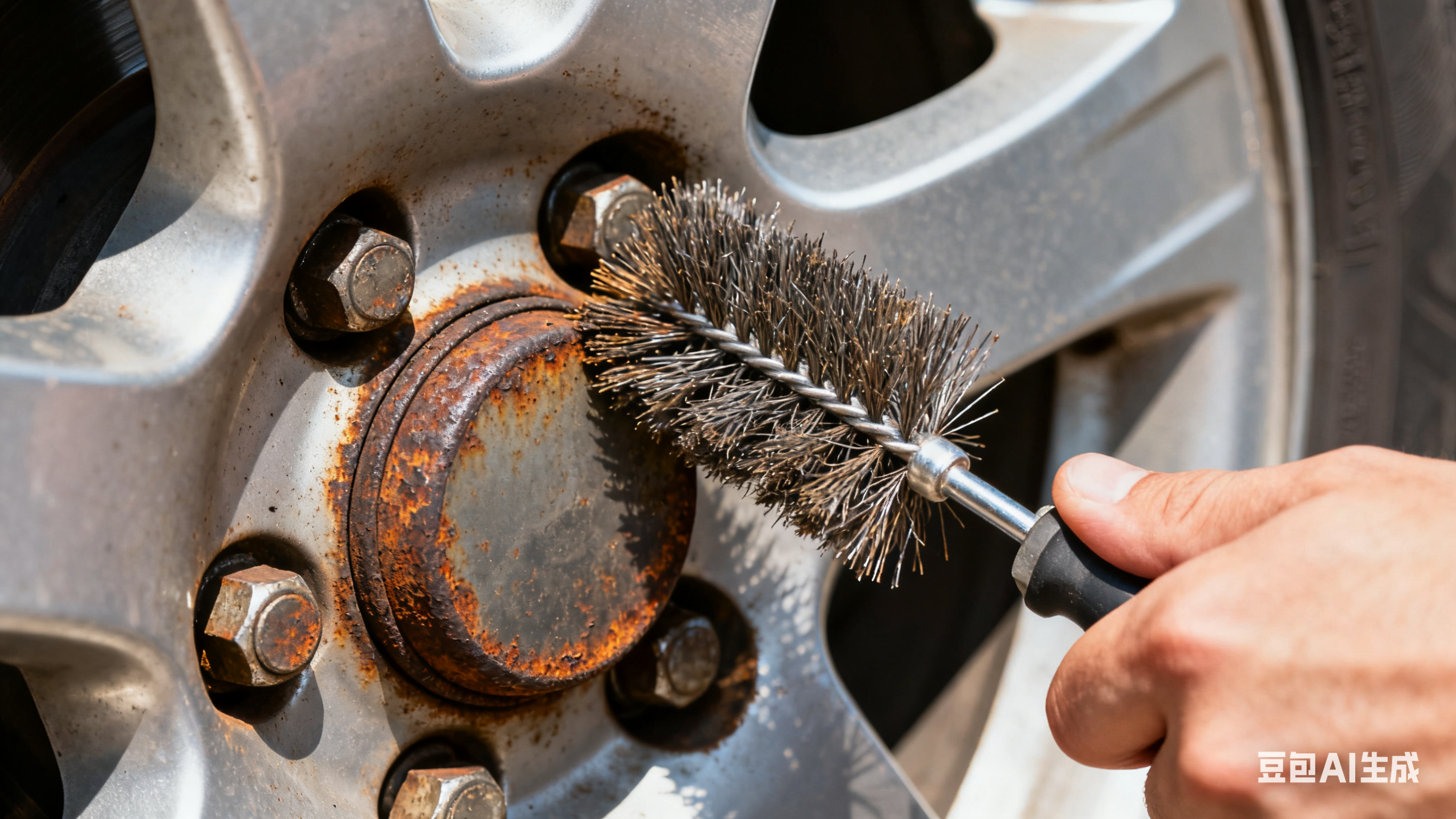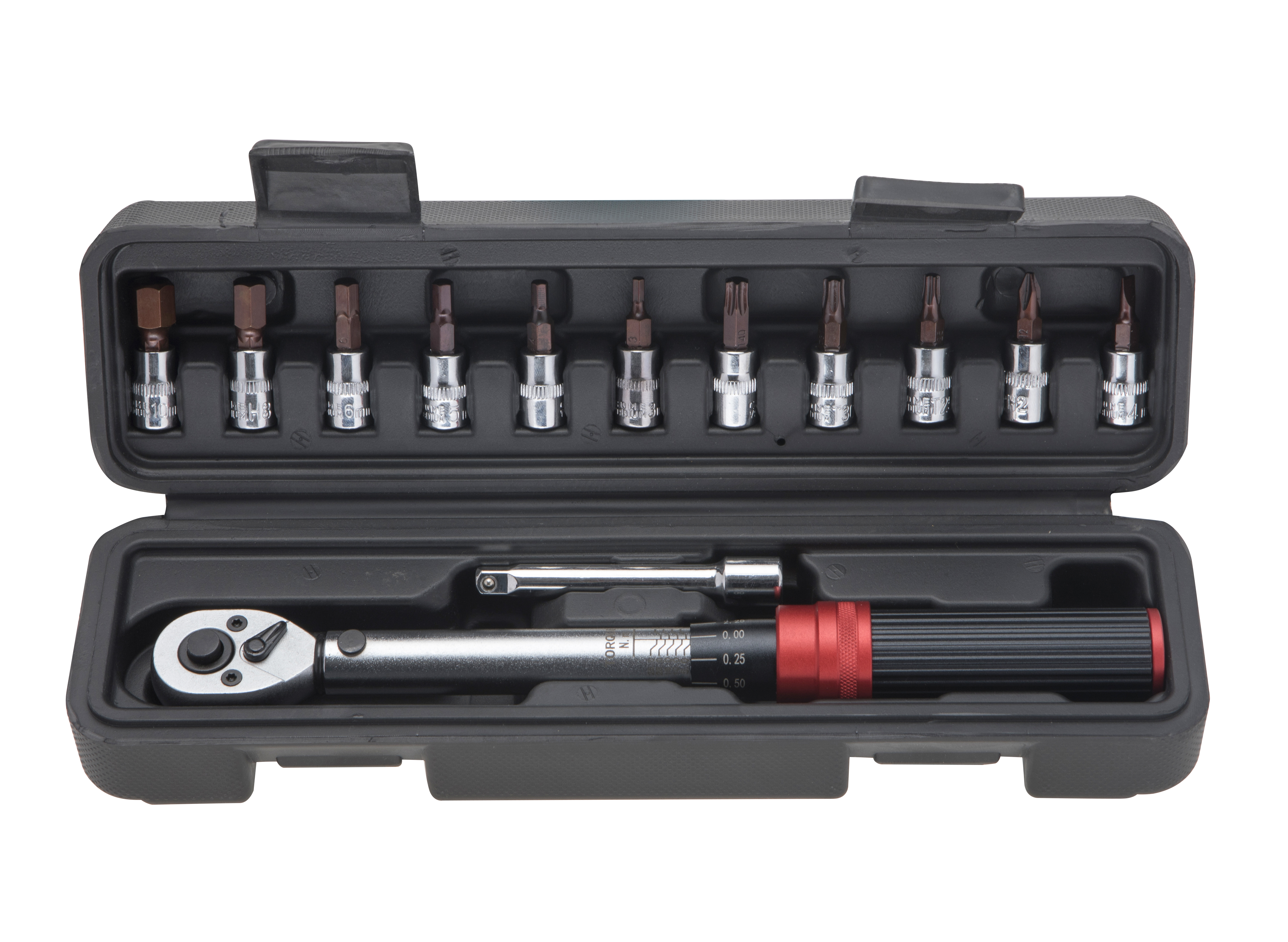How to Choose the Right Torque Range for Your Project (Updated & Completed)
Torque wrenches come in specific torque ranges (e.g., 2–24 in-lbs, 10–80 ft-lbs)—choosing a wrench outside the range you need leads to inaccuracy or damage. Here’s how to pick the perfect range, plus extra tips to avoid missteps:
Step 1: Identify Your Project’s Torque Needs
First, find the torque specs for the fasteners you’re working with (check manuals, manufacturer websites, or trusted repair guides). Examples of common ranges and real-world applications:
· Tiny Fasteners (Electronics, Jewelry): 1–10 in-lbs (0.1–1.1 N·m) – Think smartphone screws or watch band pins; too much torque here will strip delicate threads.
· Small DIY Jobs (Furniture, Bike Handlebars): 10–50 in-lbs (1.1–5.6 N·m) or 5–30 ft-lbs (6.8–40.7 N·m) – Assembling a wooden table (screws) or tightening bike grip bolts falls here.
· Medium Tasks (Car Oil Pans, Lawnmower Blades): 30–80 ft-lbs (40.7–108.5 N·m) – A car’s oil pan drain plug typically needs 18–25 ft-lbs, while lawnmower blade bolts often require 40–50 ft-lbs.
· Heavy Work (Car Wheels, Truck Suspension): 80–150+ ft-lbs (108.5–203.4+ N·m) – Car wheel lugs usually need 80–100 ft-lbs (check your vehicle manual), and truck suspension bolts can go up to 150+ ft-lbs.
Step 2: Pick a Wrench That Covers Your Range (But Not Too Much)
A wrench’s accuracy is highest when you use it in the middle 50% of its range—this is a golden rule for precision. For example:
· If your project needs 20 ft-lbs, a wrench with a 10–80 ft-lb range is perfect (20 sits in the middle third, well within the accurate zone).
· Avoid using a 20–150 ft-lb wrench for 20 ft-lbs: it’s at the bottom of the range, so accuracy can drop to ±5% or more (instead of the usual ±2–4%).
· Never use a wrench below its minimum range (e.g., a 10–80 ft-lb wrench for 5 ft-lbs): you won’t generate enough consistent force, and you risk stretching the internal spring (permanently ruining accuracy).
Step 3: Consider Future Projects & Storage
If you plan to tackle more tasks later (e.g., from furniture assembly to basic car repairs), invest in two wrenches to cover most needs:
· A small 1/4” drive wrench (2–24 in-lbs) for tiny jobs (electronics, toys).
· A medium 3/8” drive wrench (10–80 ft-lbs) for standard DIY and light automotive work.
This setup avoids overspending on a single high-range wrench you’ll rarely use, and both fit easily in a standard toolbox.






